



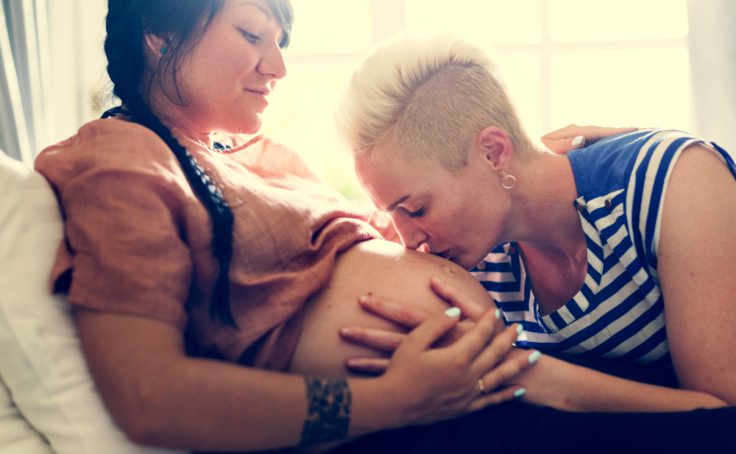
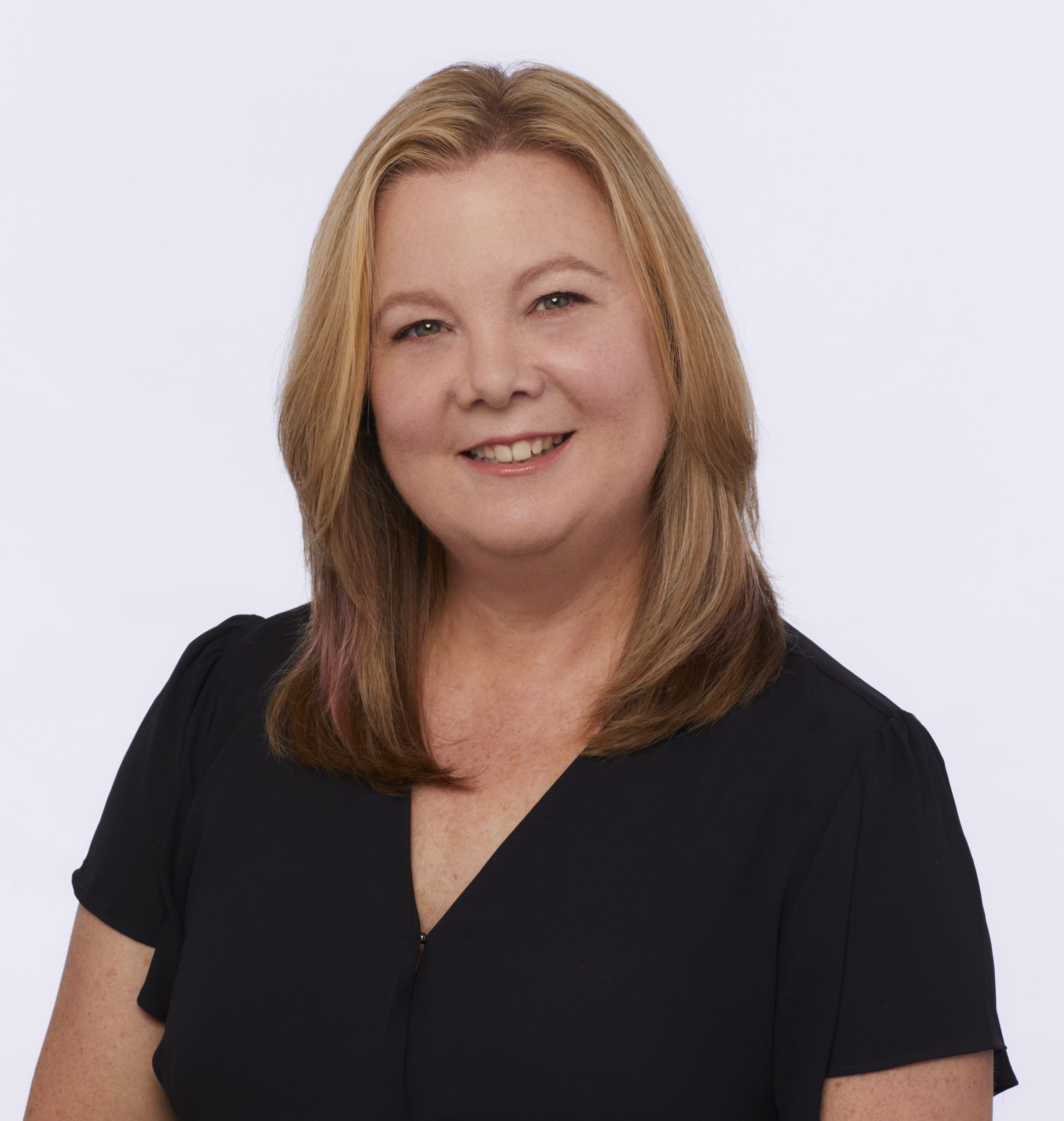
Kristen is the Director, Coordinating Child Care and Part C for the Policy Center.Kristen joined ZERO TO THREE in…
Promoting every child’s sense of identity and belonging matters. Early childhood educators know we all want and deserve to be seen, heard, and feel valued for who we are, as we are – and that our sense of identity is shaped by and includes our families. Ensuring every child’s thoughts and feelings about themselves and where they fit are positive and affirming, results in the healthy social-emotional foundation required for all learning and development.
As LGBTQ+ families invest time in carefully choosing early childhood education partners and programs for their children, they look for educators that will celebrate their child’s (and family’s) sense of identity and belonging.
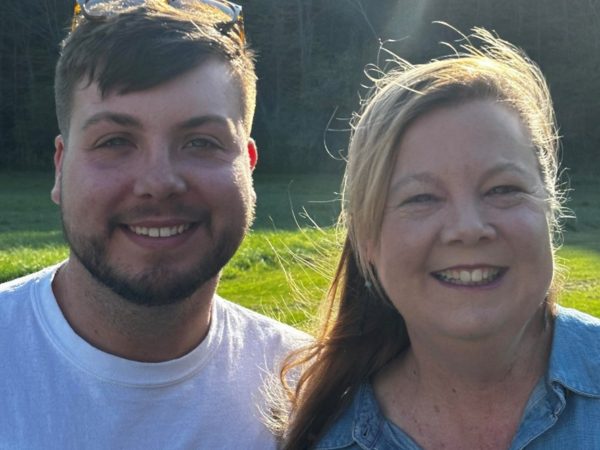
My son is gay, and I hope he might become a father someday. I’d like to imagine his interactions with early childhood education programs will be welcoming, celebrate his family, and that his children will thrive because of that!
Kristen Greene
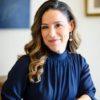
Abbie’s research focuses on parenthood, relationship quality and well-being in diverse families. She teaches courses on the psychology of sexual orientation, human sexuality, diverse families, and ethics in clinical psychology.
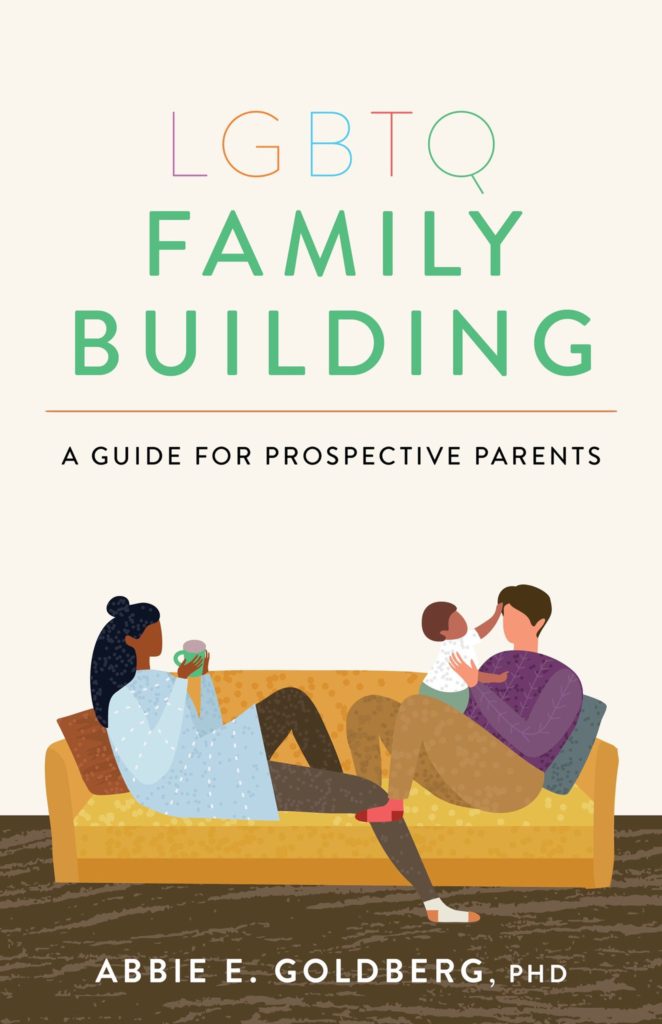
Early childhood education programs are most parents’ first formal experiences with schooling. In turn, they can set parents on a path of feeling that they are valued partners in their children’s education, or, alternatively, they can set parents up to feel devalued and invalidated. LGBTQ+ parents who feel accepted, included, and valued by their children’s daycare or preschool report feeling more motivated to be involved in their children’s education, feel greater warmth towards their children’s teachers and care providers, and more positively about the school/day care in general. They are also more satisfied with the education/care their children receive.
Right now, LGBTQ+ families are on edge with the constant attacks on their families and identities. There are ongoing bans on books that depict content related to gender and sexuality, laws limiting LGBTQ+ rights (especially access to gender-affirming care), and ongoing efforts to restrict the type of reproductive health care that LGBTQ+ parents rely on to build their families. Therefore, what early childhood settings do to actively include and respect LGBTQ+ parent families matters more than ever.
To be truly inclusive of a wide range of families and children, programs should actively seek to disrupt binary ways of relating to children and parents, and this in part occurs through how they speak to and relate to children, as well as parents.
Abbie Goldberg
Early childhood education centers can seek to be inclusive by carefully reviewing their websites, paperwork, and public-facing materials for inclusivity. Do images and photos only depict “moms and dads?” Does the paperwork allow for all types of parents and family constellations (e.g., parent 1, parent 2, parent 3, parent 4)? Are parents and caregivers referred to in gender-neutral ways? Do value statements acknowledge diversity, equity, and inclusion — and are those values embodied in the type of curriculum and physical environment of the program? Books, for example, should depict a diverse range of family constellations (two mom, two dad, multiracial, adoptive). Likewise, holiday celebrations should also reflect this inclusivity: E.g., Parent’s Day celebrations as opposed to Mother’s Day and Father’s Day; Indigenous Peoples’ Day as opposed to Columbus Day.
Early childhood programs should also carefully evaluate whether and how they enact gender role stereotypes — such as through the use of pink nametags for girls and blue nametags for boys; references to kids as girls and boys (versus terms like children, people, and kids); and the arrangement of dress up materials and toys (e.g., are they divided up into gendered categories; are children encouraged to play with all types of materials). Staff should be sure to ask, and also remember, what children with LGBTQ+ parents call their parents. Some parents may not use gendered terms.
Early childhood programs can also actively seek to recruit LGBTQ+ staff, support parents in starting affinity groups (e.g., for LGBTQ+, multiracial, and/or adoptive families), seek out training for their current staff on LGBTQ+ issues and families, have a reference list of LGBTQ+ parent alumni willing to speak to prospective parents and organize to march in local Pride celebrations.
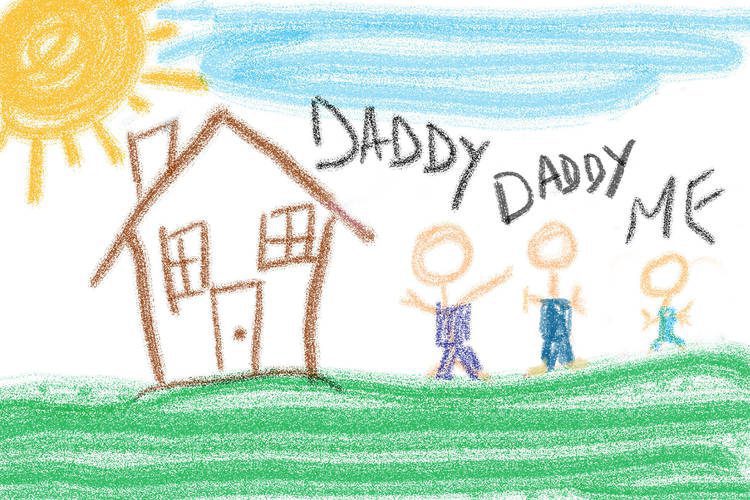
Dig deeper into fostering identity and belonging with our Critical Competencies for Infant-Toddler Educators™.

Milo has a degree in Early Childhood Education: Child Development from Rasmussen College and works as a Toddler Teacher where they provide an enriching environment for children to thrive.
First, centers can make their environment LGBTQ+ friendly by normalizing the use of pronouns with families and staff. For example, when a director is welcoming a family to the center, the director can say, “Hi my name is Director Milo, and my pronouns are They/Them. If you are comfortable, you can share your preferred pronouns so I know how to address you respectfully”. This can also work with new staff as well. When I hear someone use my preferred pronouns, it makes me feel respected and cared for because that individual is putting in the effort to avoid using the assumed pronoun that is associated with my appearance. Of course, slip-ups will happen, but that is where the learning begins. If someone slips up, anyone can say respectfully, “Actually that person uses [preferred pronoun]”. Normalizing the action of asking for others’ pronouns cultivates an environment of respect and allyship.
When I hear someone use my preferred pronouns, it makes me feel respected and cared for because that individual is putting in the effort to avoid using the assumed pronoun that is associated with my appearance.
Milo Becker
Second, early childhood programs can represent LBGTQ+ families in their marketing. In my experience, I have seen many fliers, pamphlets, or online ads for childcare centers that showcase families with a mom and a dad. The marketing can be more inclusive to represent families with lesbian or gay parents. Children of LBGTQ+ families will see themselves represented in a positive light that communicates, “Our school wants your child to get a high-quality education where your community of identity is respected and represented”. Representing LBGTQ+ families matters because it will show the children that their family matters too.
We asked, you answered. See what our engaged network of early childhood professionals had to say.




Seeing a positive portrayal of LBGTQ+ families in books not only helps empower the children within these families but also expands and helps shape the definition of “family” for others.
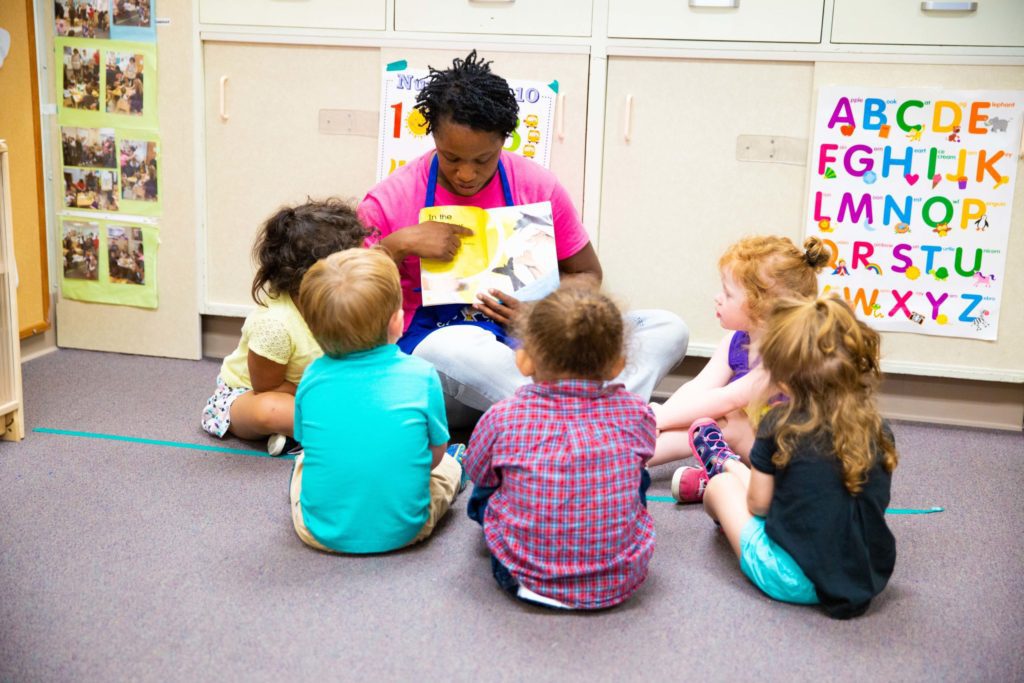
Our favorite picture books representing LGBTQ+ families: